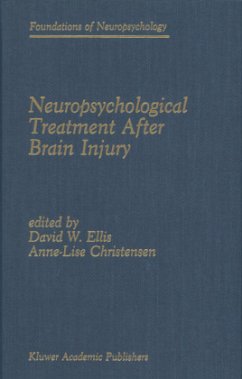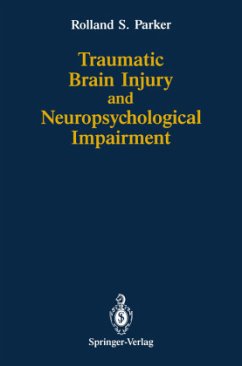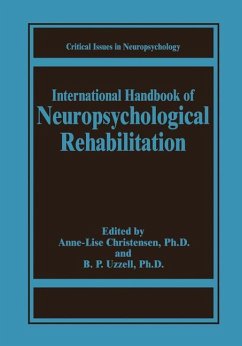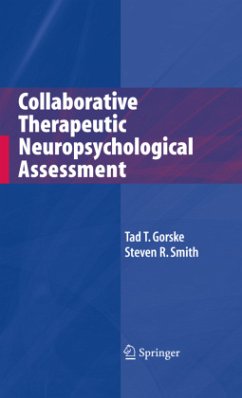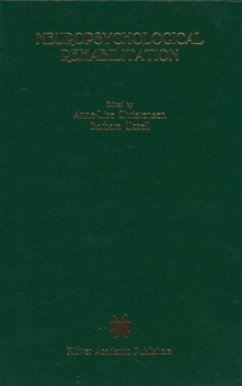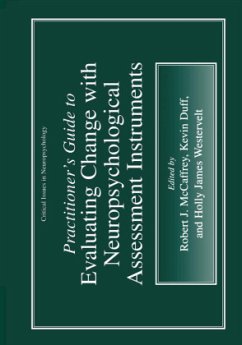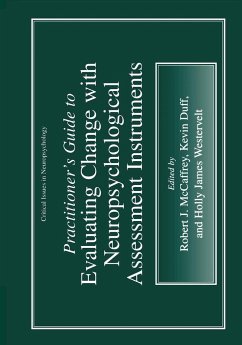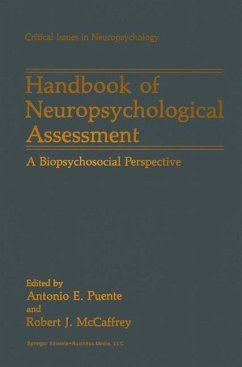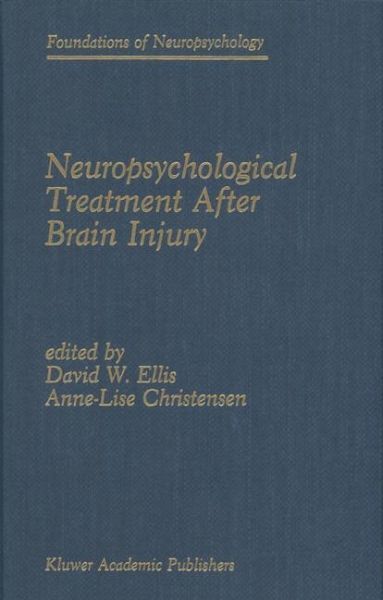
Neuropsychological Treatment After Brain Injury

PAYBACK Punkte
115 °P sammeln!
DAVID W. ELLIS AND ANNE-LISE CHRISTENSEN 1 A BRIEF OVERVIEW In the past, most people who sustained catastrophic brain injury died. However, over the past several decades, sophisticated medical diagnostic techniques such as computerized tomography (CT) and magnetic resonance imaging (MRI), along with advances in emergency trauma procedures and neurosurgical pro cedures (e. g., intracranial pressure monitoring), have dramatically increased the survival rates for people who have survived such trauma. At the same time, because of population growth, the number of victims of brain trauma (primarily ...
DAVID W. ELLIS AND ANNE-LISE CHRISTENSEN 1 A BRIEF OVERVIEW In the past, most people who sustained catastrophic brain injury died. However, over the past several decades, sophisticated medical diagnostic techniques such as computerized tomography (CT) and magnetic resonance imaging (MRI), along with advances in emergency trauma procedures and neurosurgical pro cedures (e. g., intracranial pressure monitoring), have dramatically increased the survival rates for people who have survived such trauma. At the same time, because of population growth, the number of victims of brain trauma (primarily automobile accidents) has also risen [1]. As a result of their injuries, many of these people have developed severe disabilities that affect their lives and the lives of everyone around them. For those who survive, and their families, mere survival is not enough. Attention must be paid to the quality of their lives after the traumatic event. During the past 15 years, there has been an increasing focus on the develop ment of treatment techniques for brain injuries. Although the principal focus of this text is on the neuropsychological (i. e., neurological and psychological) aspects of treatment-both theory and technique-the book is also directed towards the broad variety of issues that affect survivors, their families, health care professionals, and the social milieu.





